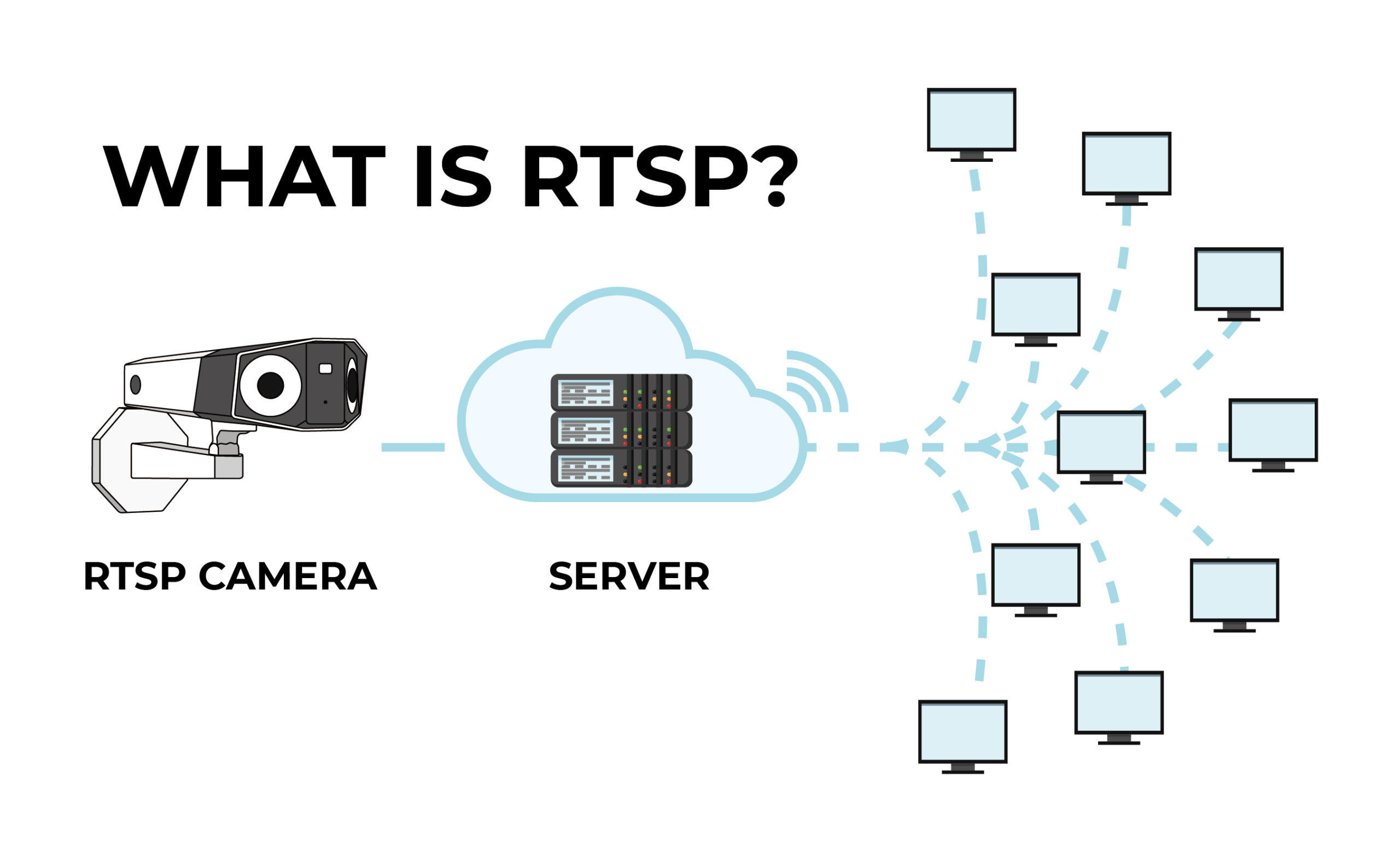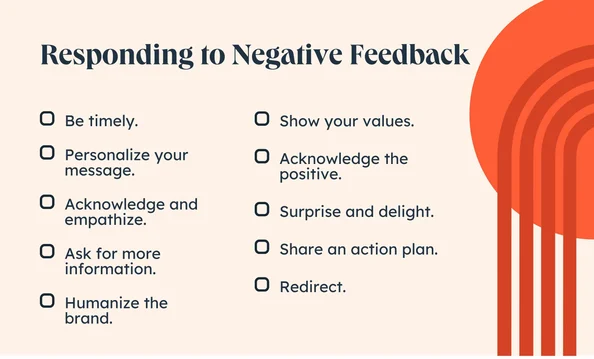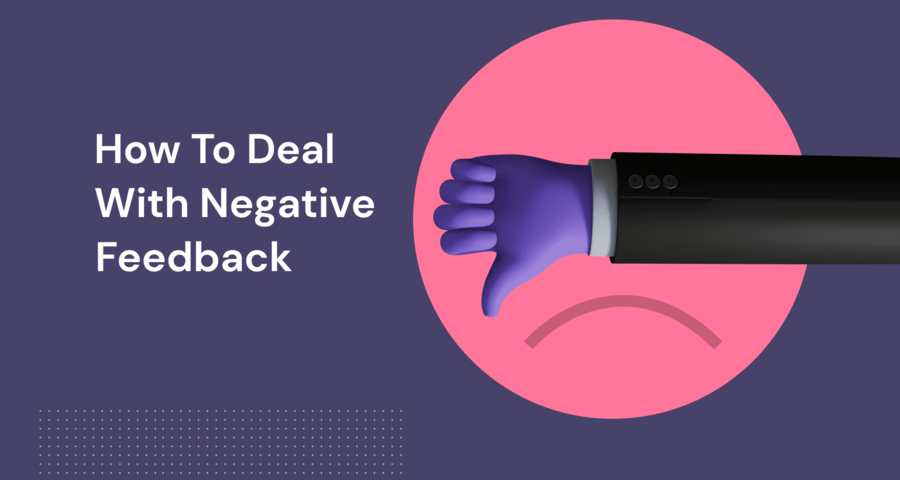
Real Time Streaming Protocol (RTSP)
12th December 2023
Load Balancing Algorithms in Node.js
14th December 2023When our team appreciates our work or applauds us for a job well done, we feel proud, joy and inspired. Having a team that celebrates our wins and keeps us motivated to do even better is key to happiness and long-lasting work satisfaction.
However, to advance in our careers, we need constructive criticism and feedback that help us identify our flaws and imperfections. Our team members who spend a large amount of time working with us are best positioned to give this feedback.
People around us have the ability to observe and evaluate our behavior in various situations. They can notice how we interact with others, handle disagreements, deal with challenges, and perform under time pressure. They may also be able to identify subtle destructive behaviours that we may not be aware of. These behaviors may not be visible to us but are clearly evident to those observing us.
Negative feedback, however good it may be for our growth, is hard to accept. Our default instincts treat negative feedback as a threat which alerts our brain and sends us into a fight or flight mode — we either get defensive and try to prove others wrong or take the feedback personally and completely shut down.

Feedback is even harder to digest when it comes from a team member. When a team member points out gaps in our skills or things we aren’t good at, it’s hard not to retaliate. We want to look good. We want to prove our worth. Negative feedback makes us assume others think we are incompetent and they don’t like us anymore.
Feelings of shame from falling short of expectations or anger from facing the reality of our situation make us avoid negative feedback. Negative emotions discolor our ability to think clearly and prevent us from putting effort in place to bridge gaps in our skills and abilities.
Here is how you can handle it……
1. Don’t rush to react
In my 15 years as an organizational psychologist and executive coach, I’ve seen just about every possible reaction to critical feedback. Some especially memorable responses have included punching a wall, accusing me of making their feedback up, and crying so uncontrollably that we had to reschedule the session. (Encouragingly, all three ended up making dramatic improvements once their initial emotions faded.)
All of these reactions are completely understandable. As renowned psychologist William Swann put it, when humans receive feedback that conflicts with our self-image, we “suffer the severe disorientation and psychological anarchy that occurs when [we] recognize that [our] very existence is threatened.”
As part of a research program for my new book, Insight, my team conducted dozens of interviews with people who’d made dramatic improvements in their self-awareness. These participants reported frequently seeking critical feedback that would help them improve. But they weren’t necessarily fond of the experience. One participant, a non-profit executive, quipped, “Are you kidding? I hate hearing that I’m not perfect!” We found this reassuring — even the most self-aware among us are still human. But as we dug deeper into what they did next, we saw a clear pattern. Where so many of us pressure ourselves to push past our emotions and respond right away, these highly self-aware people gave themselves days or even weeks to bounce back from difficult feedback before deciding what to do next.
Specifically, many reported actively working to change the way they saw the feedback — they’d think of upsetting or surprising information as helpful and productive data — something psychologists call cognitive reappraisal. One simple yet effective reappraisal tool is affect labeling, or putting our feelings into words. For example, after a critical performance review, we might simply acknowledge, “I feel blindsided and a little scared.”
Another technique is self-affirmation. Taking a few minutes to remind ourselves of another important aspect of our identity, besides the one being threatened, lessens our physical response to threat and helps us be more open to critical feedback. For example, if you’ve learned your team sees you as a micromanager, you might remember that you’re a supportive friend, devoted community member, or loving parent. When we see the bigger picture, it helps us put feedback in its proper perspective. Then and only then should we decide how to respond.
2. Get more data
It can be disorienting to learn that people don’t always see us the way we see ourselves. I once had a coaching client named Kim, a smart, dedicated manager whose entire world had just been turned upside down by a 360 report. Even though she’d struggled with feelings of insecurity her whole career, her colleagues saw her as aggressive and arrogant in meetings. She had no idea what she was doing to create this perception. (Despite the benefits of some 360s, they can leave many questions unanswered.)
Best Website Development Company In Junagadh
We can’t act on feedback until we truly understand it. Especially when we hear something new, it’s usually a good idea to ask a few trustworthy sources whether they’ve noticed the same behavior. Not only does this give us more detail about what we are doing to create a certain impression, it helps us avoid overcorrecting based on one person’s opinion. After all, as Roman philosopher Marcus Aurelius stated, “Everything we hear is an opinion, not a fact.”
But who should we ask? Our interviews with highly self-aware people provide some helpful guidance. Surprisingly, most reported keeping their feedback circle relatively small. One customer service manager noted, “I get feedback all the time, but not from all the people. I rely on a small, trusted group I know will tell me the truth.” These “loving critics,” as we named them, were people they trusted and who would be brutally honest with them. Loving critics don’t necessarily need to be people we’re close to (even complete strangers have strangely accurate perceptions of our personalities). Out of the three loving critics Kim selected, I’d argue that the one she knew least well gave her the most valuable information.
With the help of her loving critics, Kim was soon able to build a better picture in her mind of how her behavior was coming across, which gave her the power to make different choices. Months later, Kim’s boss told me that she’d gone from one of his bottom performers to his most valued team member. If she hadn’t taken the time to understand the feedback she was given, it’s hard to imagine such a dramatic transformation.
3. Find a harbinger
Even when we’ve significantly improved a certain behavior, it doesn’t mean that the people around us will automatically notice. As leadership coach Marshall Goldsmith has aptly noted, it can be harder to change the perceptions of our behavior than the behavior itself. And if we spend energy improving based on feedback from our colleagues, but those same colleagues don’t notice, it can be discouraging.
For this reason, I also work with my coaching clients on the “public relations” aspects of their behavior. Shortly after receiving their feedback report, we choose one highly visible and symbolic action that will show how serious they are about changing. I once worked with Paul, who ran the radiology department in a large regional medical center. When I interviewed his employees, their morale was suffering. They told me that Paul didn’t seem to understand or care about their day-to-day challenges, which was frustrating and demoralizing.
In my interviews, I kept hearing the same example. A few weeks prior, the doorstop in the entrance to the radiology department had broken off. Employees transporting patients in stretchers had to precariously prop the door open with their hip and quickly squeeze the stretcher through before it closed. They’d put in a work order but weeks later, the doorstop still wasn’t fixed. This relatively minor issue clearly had spoken volumes to Paul’s team.
The plan that Paul created contained many excellent, longer-term strategies to gain his team’s trust. But before he even started executing it, we selected his harbinger. Tomorrow, he would walk down to the department during the busiest time of the day and, in plain view, replace the doorstop with his own two hands. Paul’s employees immediately noticed and appreciated this symbolic step, which made it far easier to spot the other changes he made moving forward.
4. Don’t be a lonely martyr
Getting critical feedback can feel like an exercise in isolation, and not just because it’s uncomfortable in the moment. Research by Francesca Gino, Paul Green, and Brad Staats has shown that we tend to avoid people after they give us negative feedback. And while it can certainly feel easier to see ourselves as the aggrieved party in a vast workplace conspiracy, sequestering ourselves from people who tell us the truth is a big mistake. Gino and her colleagues found that participants who did so experienced declines in performance one year later.
If anything we should pull people who tell us the truth even closer. Marshall Goldsmith and Howard Morgan tracked the behavior changes of more than 11,000 leaders after completing a leadership development program. Those who engaged in an ongoing dialogue with their coworkers showed dramatic improvement, while the improvement of those who didn’t “barely exceeded random chance.”
In this regard, critical feedback can be an excellent excuse to reset our relationships—and with the right approach, our biggest critics can become our greatest champions. When I was conducting interviews with the coworkers of a new coaching client, Rachel, I learned that her colleagues in another department felt disrespected by her lack of proactive communication.
Because the two heads of that department were critical to Rachel’s success, she decided to make the first move. She thanked them for their feedback, sincerely apologized for her part in their conflict, and suggested they reset their expectations moving forward. She also committed to meet with them monthly to seek suggestions on how she could be a better partner. A few months later, she received a glowing email from them thanking her for her responsiveness and partnership. As Rachel worked to make changes, they continued to celebrate with her when things went well and gave her the benefit of the doubt when they didn’t.
Best Website Development Company In Junagadh
5. Remember that change is just one option
Most successful, ambitious people probably believe that when a behavior is limiting their success, they should work to change it. However, the best way to manage our weaknesses isn’t always clear cut. Sometimes feedback can illuminate flaws that are tightly woven into the very fabric of who we are.
Best Website Development Company In Junagadh
Levi, a successful entrepreneur, is an illustrative example. For most of his career, he saw himself as an effective leader and strong communicator. But after a 360 process, he discovered that his team didn’t share his opinion not only were their ratings consistently much lower than his self-ratings, the lowest score they gave him was for the competency of communication.
Levi embarked on a process to better understand this feedback and came to the informed conclusion that he might never be genuinely personable, no matter how hard he tried. But instead of stopping there (which may have been tempting), he knew he needed to come clean to his team. He called a company meeting where he admitted that he wasn’t the most likable or communicative leader. Next, he explained to his team that some behaviors were a personal shortcoming and certainly no indication that he didn’t care about or value them. Finally, he asked for their help and understanding as he worked to navigate this weakness.
To Levi’s great surprise, his employees were instantly more understanding. Over time, they even began to (lovingly) joke about some of his communication blunders. Levi saw that as a signal that they were more on his side, even if he couldn’t be the perfect leader. Sometimes the best response to critical feedback is to admit our flaws — first to ourselves, and then to others — while setting expectations for how we are likely to behave. When we let go of the things we cannot change, it frees up the energy to focus on changing the things we can.





